Every year amateur astronomers gather at the Grand Canyon for up to a week as volunteers to show visitors views of the heavenly sights at night through their telescopes. I went to my first Grand Canyon Star Party (GCSP) in 2017 and returned this past summer in June 2019 for my second time. The 2019 GCSP was particularly special in that the Grand Canyon had just been officially declared an International Dark Sky Park and had a special ceremony at Mather Point on the first day. Besides being located in a dark area of the US, the Grand Canyon has worked hard converting their lamps to downward facing dark-sky compliant lighting to maintain dark skies with a minimum of light glare. This was also the 100th anniversary of the Grand Canyon becoming a national park and the 50th anniversary of the Apollo lunar landing (the Grand Canyon National Park took part in helping train the astronauts in the processes of geology).
There were two areas in a large parking lot behind the visitor’s center for amateur astronomers to set up their equipment that were open to visitors from about 8-11pm. At the entrance to the parking lot there was a roped off area for those of us who used live Video Astronomy where we could show Deep Sky Objects (DSO) in near real time on monitors to small groups at a time.
The center picture below was taken during the day and shows my telescope (orange), table, chair, laptop (in the small tent) and LCD screen for visitor viewing. The picture on the right was taken at night showing how visitors can easily see on the LCD screen the image as seen by the camera through my telescope in near real time.
Here is are daily summaries and screen captures of some of the objects I viewed and discussed with visitors as they passed by. I sometimes slewed to the same target on various days, so these may not represent the exact images I showed on a particular day. The images for the 27-28 are a different field of view from the others due to the change in the reducer used. The images shown on the left is the full field of view seen by the camera without any enhancements. The image on the right is a zoomed in section of that image with about 1 minute of enhancement adjustments I made later using the standard Microsoft Photos application, so it shows up better here on the web site. I always like to talk about how far away an object is in light years.
6/22/19
My wife, Sharon, and I arrived on Saturday and set up our camper in the RV park at the Grand Canyon. This was very convenient since it was just a short drive from there over to the area where we set up our telescopes. I brought my Sky Prodigy 130 (an f/5 Newtonian) for my arrival day since it is very easy to set up and use with my Mallincam DS10c. I started with the Hercules Cluster, M13, and wound up showing it to many groups for most of the evening.

We wore shorts during the day at the Grand Canyon, and I have to admit that I forgot how quickly the temp drops after sunset and didn’t have enough warm clothing the first night and was shivering as I talked to the last of the visitors. I brought extra layers I could put on as the evening progressed for the rest of the week!
During the day I assembled my Celestron Evolution mount with my Celestron C8 telescope and Hyperstar which makes it a fast f/2 setup. This combined with my very sensitive Mallincam DS10c produced a spectacular field of view (FOV = 2.51 x 1.88 deg)!
Most exposure times were 2-5 seconds and I used live average stacking. The Evolution mount is an Alt-Az mount that was much easier to set up than my equatorial mount I had used at the previous GCSP I attended. The night was very dark with no wind which was great for viewing. I estimated that I showed deep sky objects to about 200 visitors that night. I didn’t leave until 12:30 am, which was typical for most of the week.
6/24/19
I continued to use the Evolution/C8/Hyperstar/DS10c setup. It was another good dark night, but it was a little windy. It was obvious that I was showing “live” images because you could see the image blur a little when the wind blew
6/25/19
| It was cloudy this evening! So, what do you do when visitors show up? With a regular eyepiece telescope setup, you could talk about your telescope and what you could see if it wasn’t cloudy. But if you have a video astronomy setup, you can show them images on the LCD screen of the objects you viewed the night before. |
6/26/19
It was a clear dark night and viewing was good again.
6/27/19
During the day, I removed the Hyperstar from the top of the Celestron C8 telescope and put the secondary mirror back in place. I installed my recently acquired Mallincam Universe 2” 0.5x focal reducer and the Mallincam DS10c on the lower end of the C8 telescope producing an f/5 setup. You can see that the field of view (FOV = 37.8 x 28.3 arcmin) is smaller than the one with the Hyperstar installed by comparing the left image here of the Dumbbell to the one shown under 6/24/19, but this FOV is nice when viewing objects the size of the Dumbbell or the Trifid (i.e. objects appear larger when FOV is smaller). Using a technique that Michael Carnes developed, I tried 5 second exposures but used additive stacking of 4-6 images to produce good near real time images. I adjusted the settings so the initial image was barely visible. Then as the additive stacking progressed, a really nice image appeared on the screen. We had a good crowd come by that Thursday night and I estimated about 250 people came by my site.
6/28/19
This was an interesting day. Jack Heurkamp, whose setup was next to mine in the parking lot, came by our campsite to say when he went to the parking lot my telescope had been blown over and was lying on the ground. I always remove the focal reducers and camera before I leave each night but left the telescope on the mount and placed a cover over it. Apparently, the cover made a good wind sail and blew my setup over either during the late night or morning. It must have hit my table on the way down, which slowed it down, and then the mount hit the asphalt first which absorbed the blow. Jack removed the telescope from the mount for me to protect it. When I got to my site, nothing appeared really broken and I set everything back up and added the Universe focal reducer and the DS10c camera and crossed my fingers. It was cloudy at first, so we started by showing previous night’s images. Then it cleared, I slewed to my first object and … all was well! Here is a nice image of the Whirlpool Galaxy I captured while showing it that night. We had a really good crowd come by again that night.
In addition to seeing the great dark skies at the Grand Canyon at night, we also got to be tourists during the day. Sharon and I were able to walk the rim trail and use the shuttles to see Yavapai Point and Lodge, the Geology museum, Hopi House, Verkampf Visitor Center, Lookout Studio, Kolb Studio, Bright Angel Lodge and some local wildlife. The days were very pleasant in the 70’s with only 20% humidity (you had to drink plenty of water though).

Related Posts...
My custom NexStar Hand Control Holder that I made using my 3D printer worked well! (See my 6/12/19 post). The Holder attached to a step stool next to me making the Hand Conrol easily reachable. Also my simple Velcro/fiberboard solution I attached to my monitor worked great, eliminating the glare from the control portions of the screen so all that visitors saw was the actual camera image. (See my 5/28/19 post)
If you are interested, here is a link to my post on how the Hyperstar is mounted on the Celestron C8 telescope:
remotevideoastronomy.com/blog/hyperstar-setup-guidelines
For the 2017 GCSP I used a Mallincam Xterminator II with a NexGen F3.3 reducer on the Celestron 8" telescope mounted on an Equatorial mount. I did not have any trouble that year with the wind, probably because the heavy weights of the equatorial mount made it more stable. (See my 6/30/2017 post).








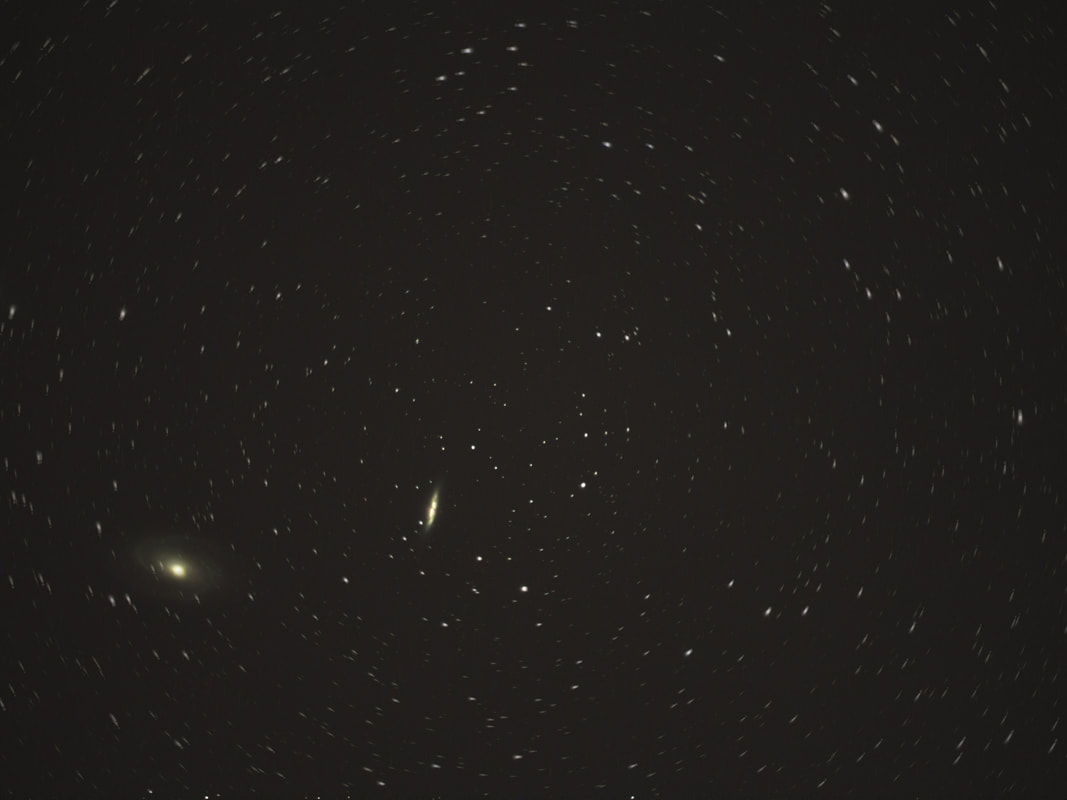







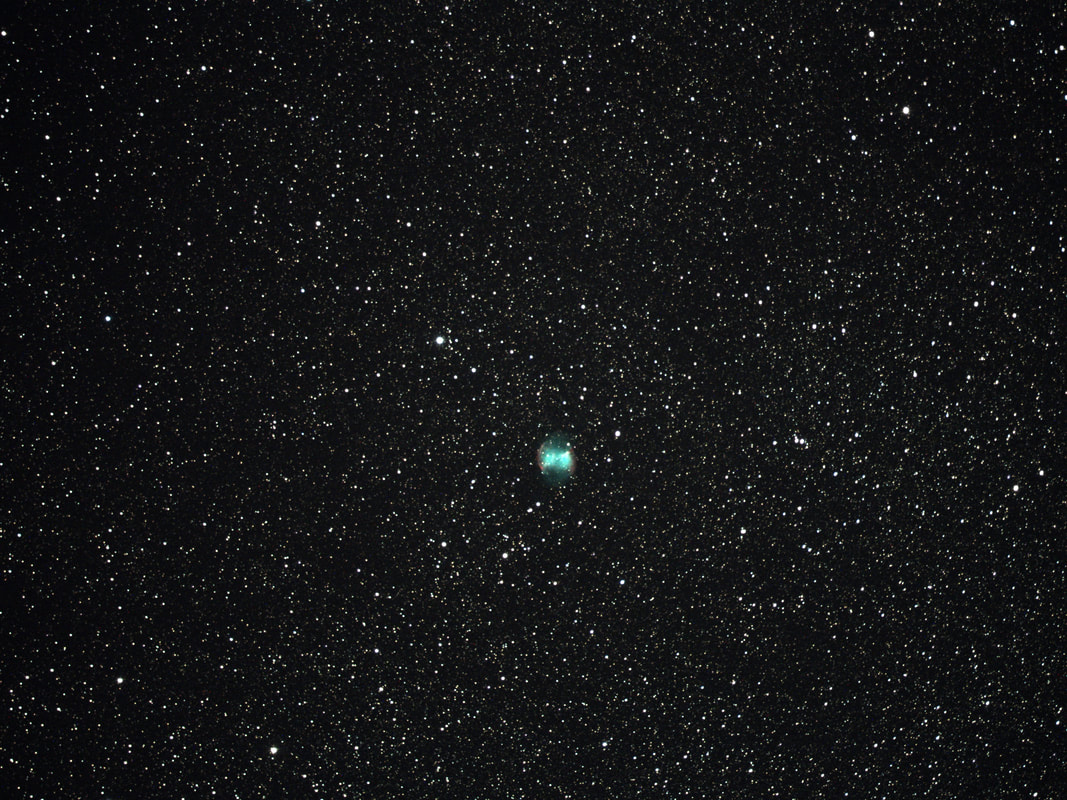


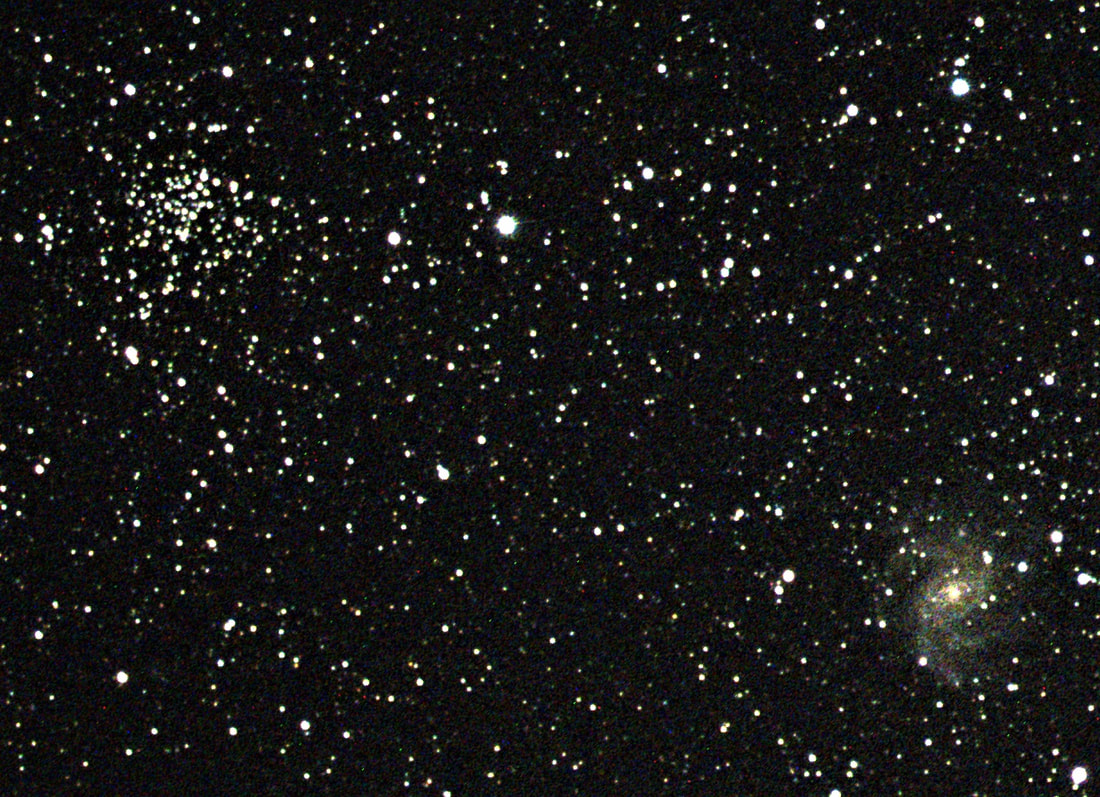
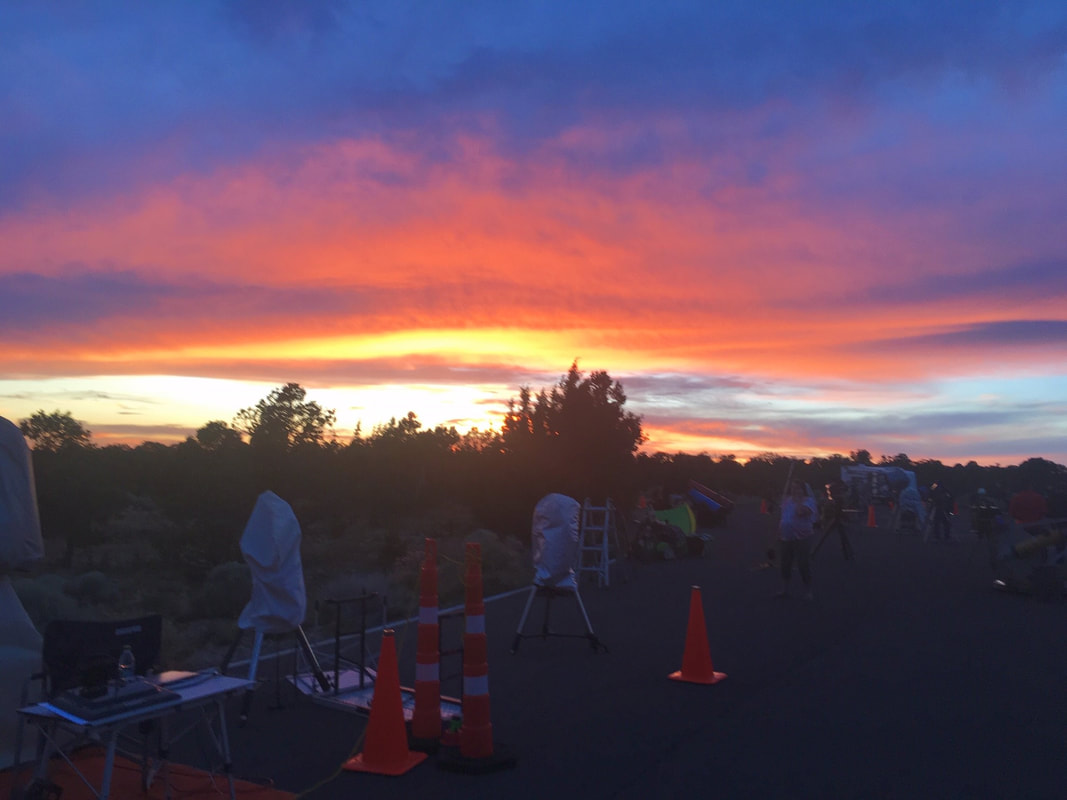

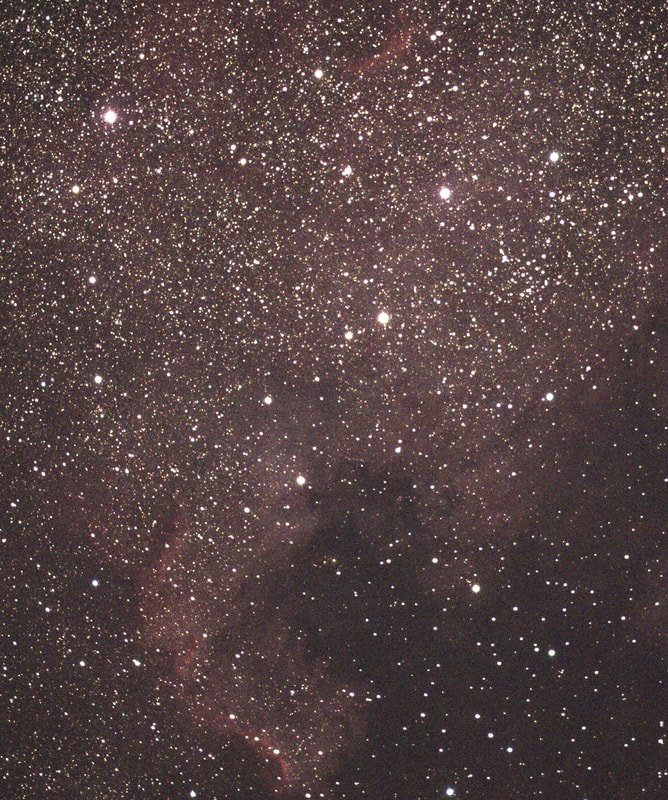
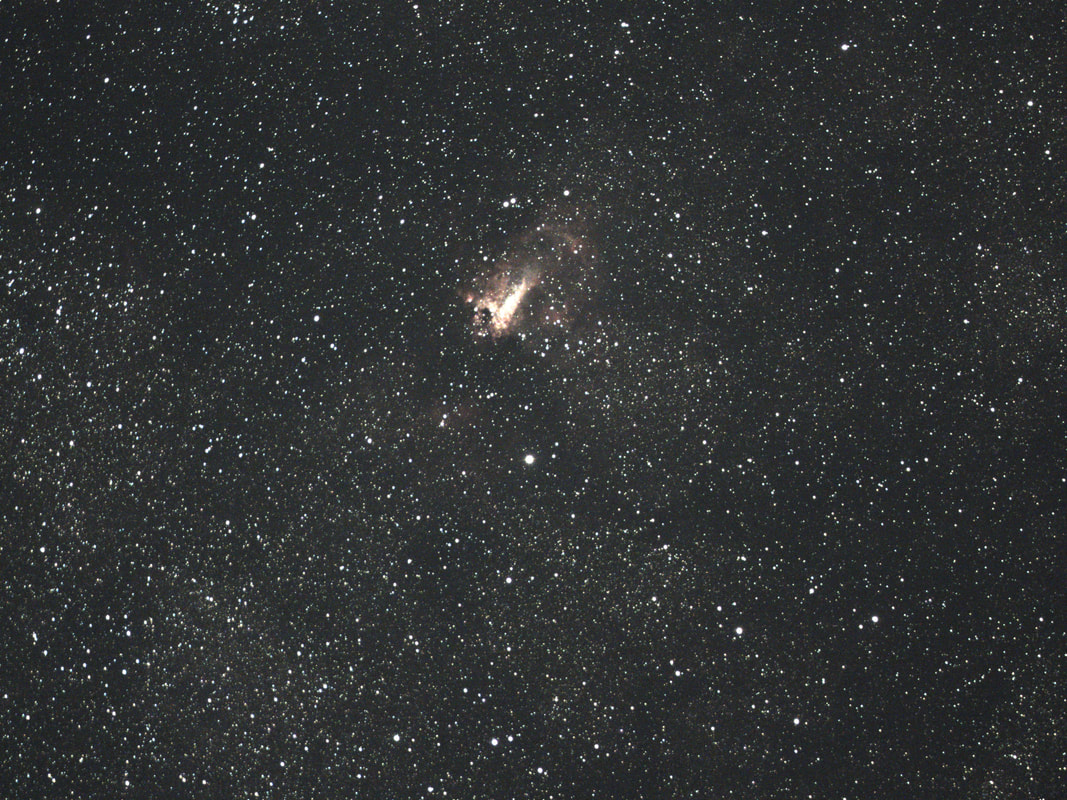
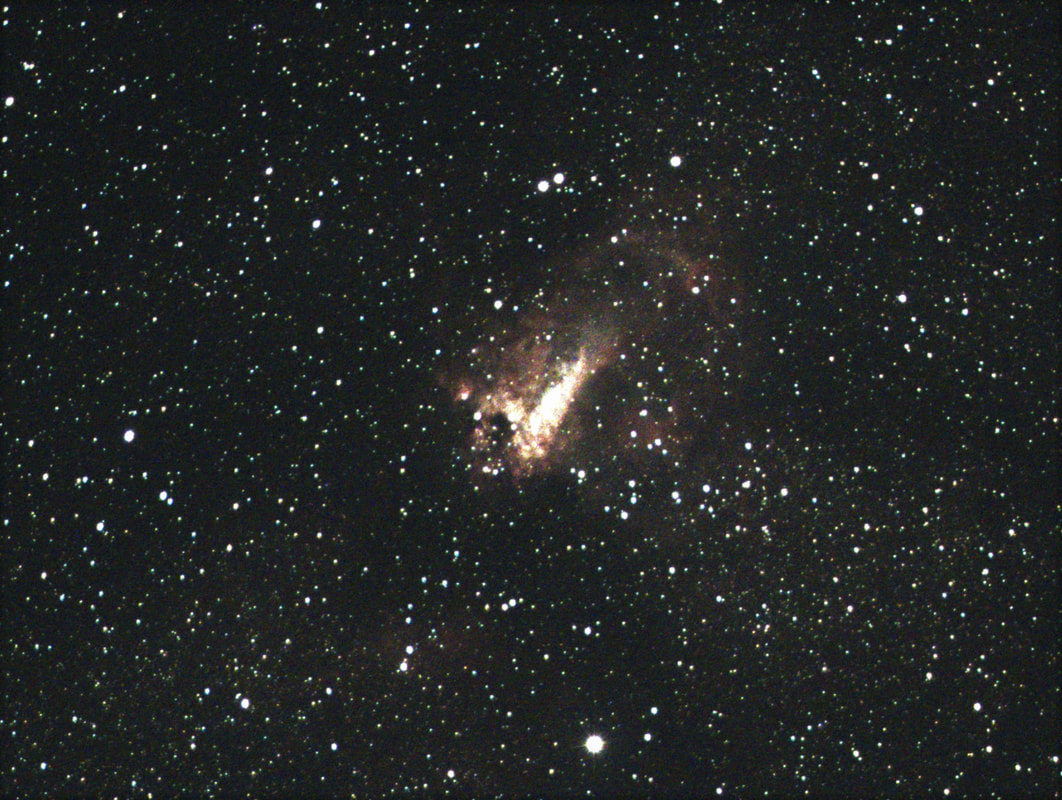


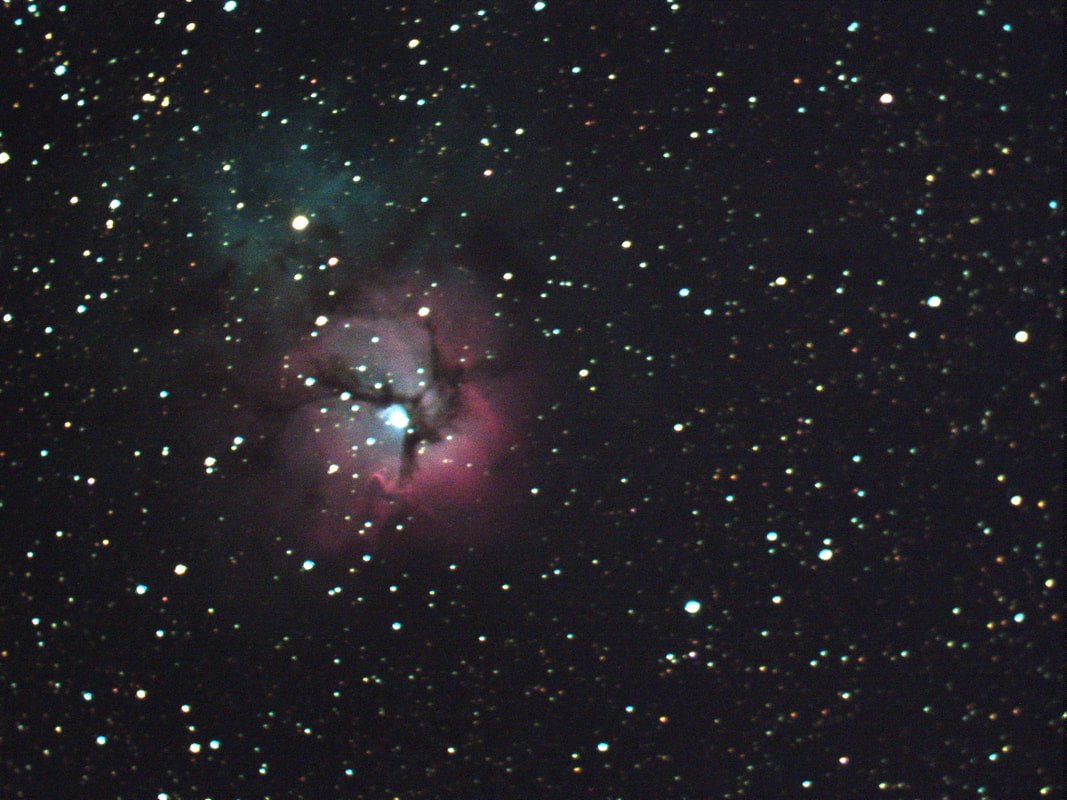

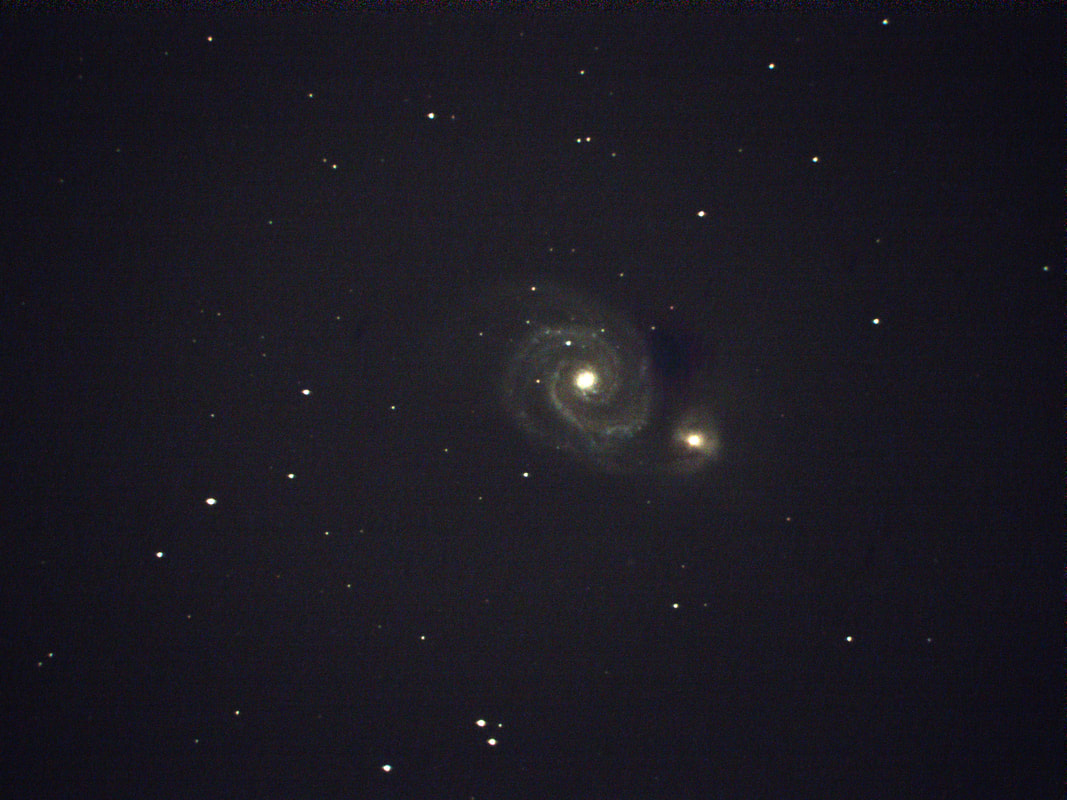
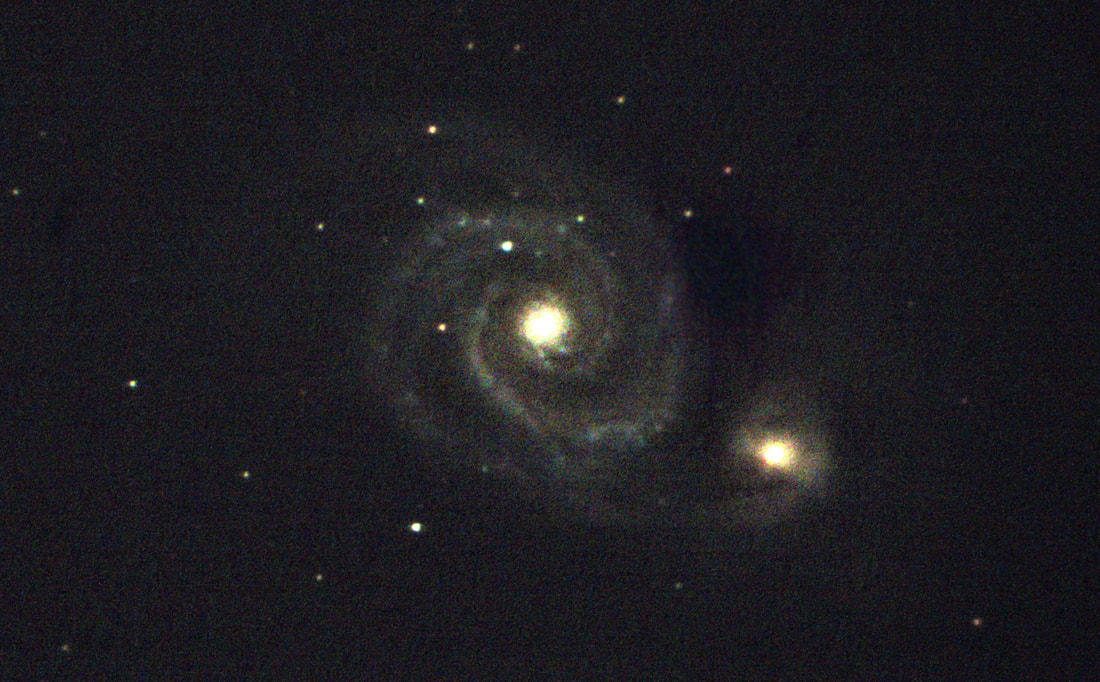
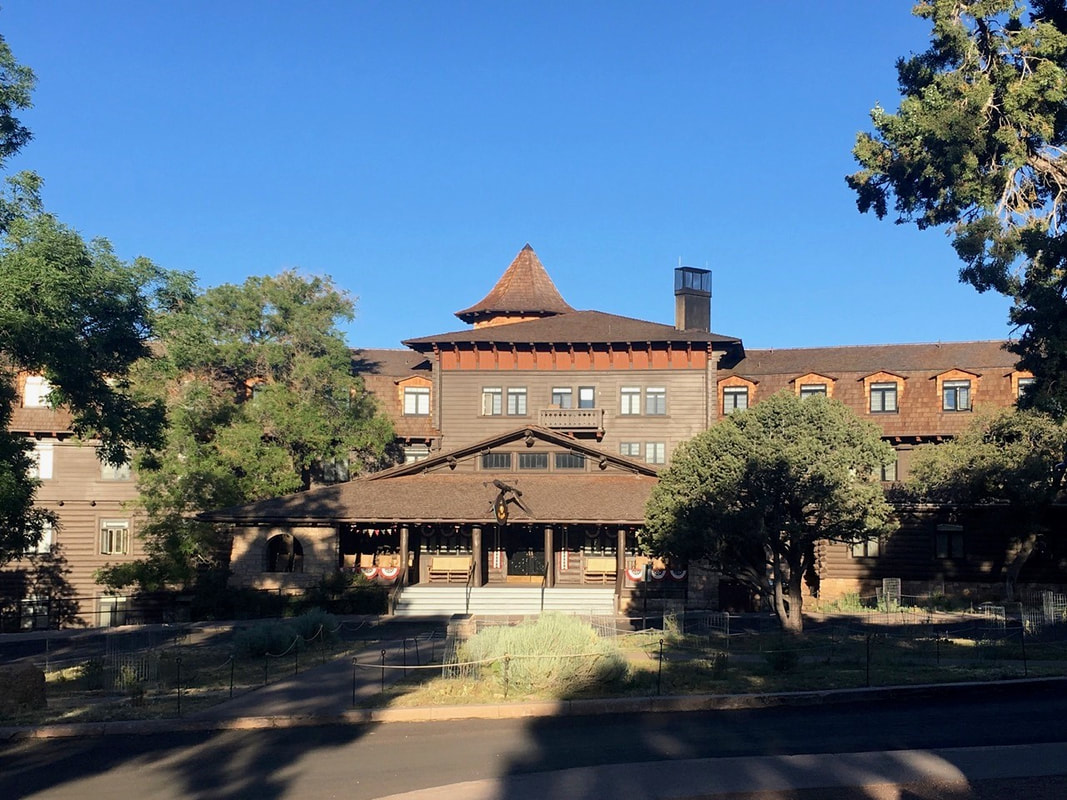
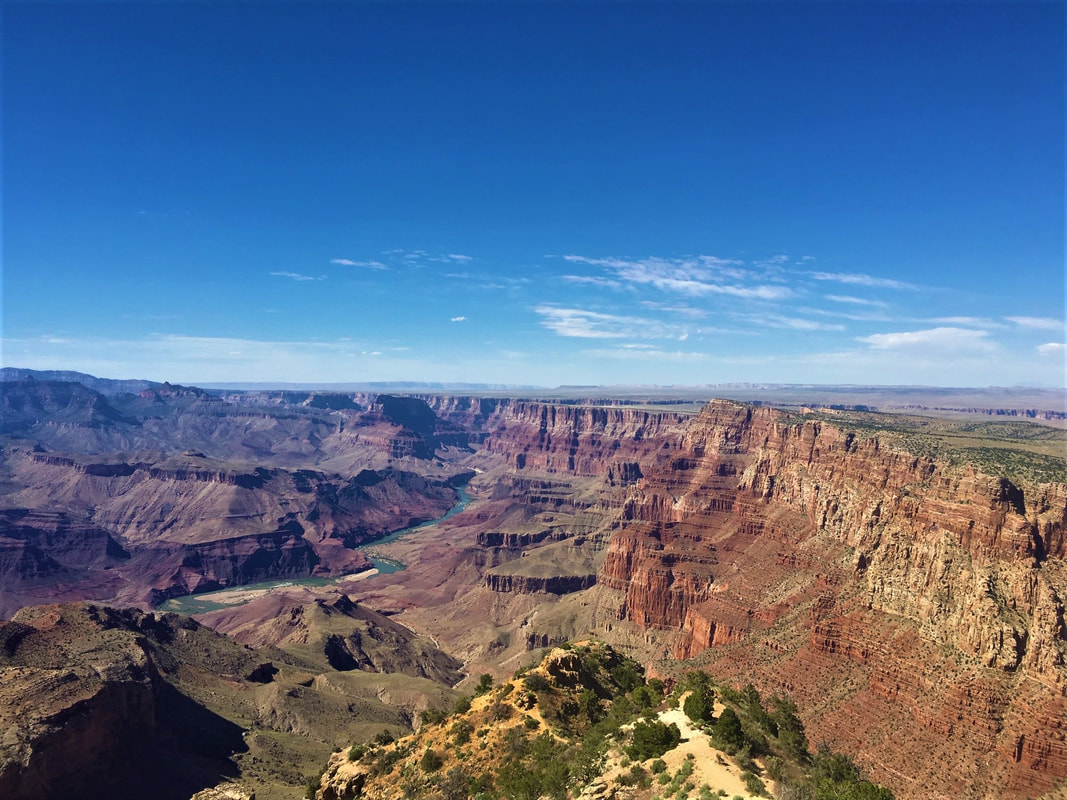

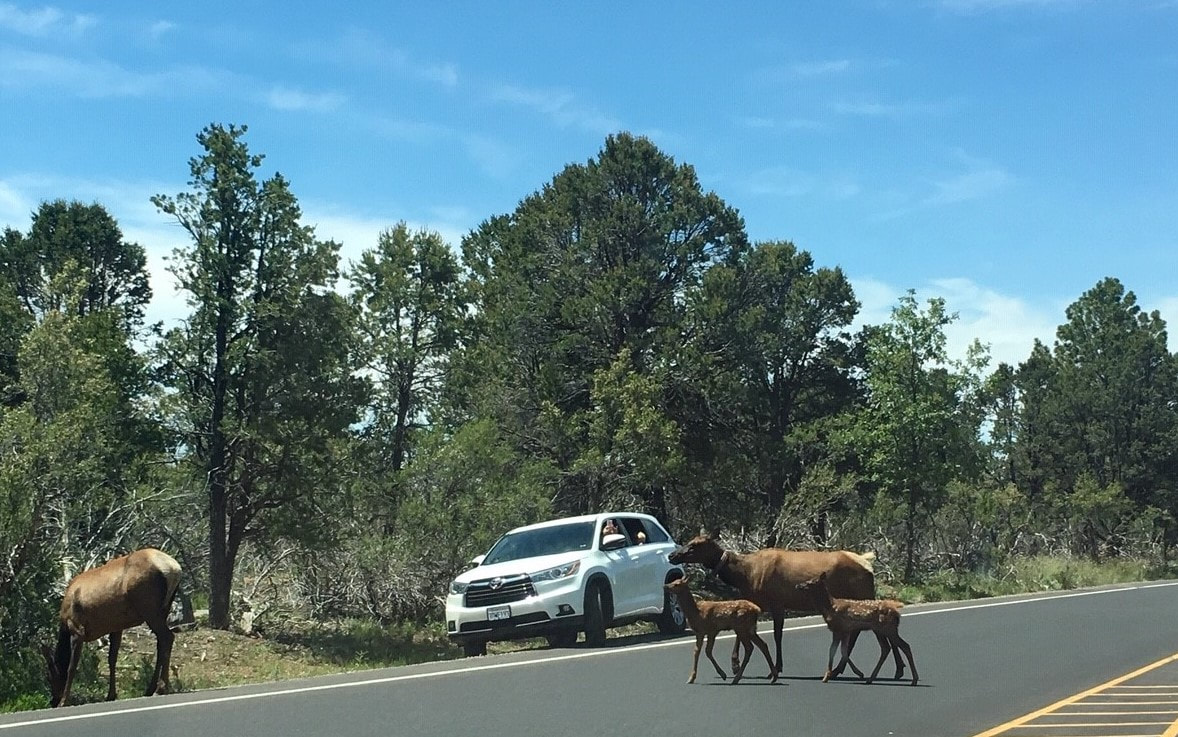


 RSS Feed
RSS Feed